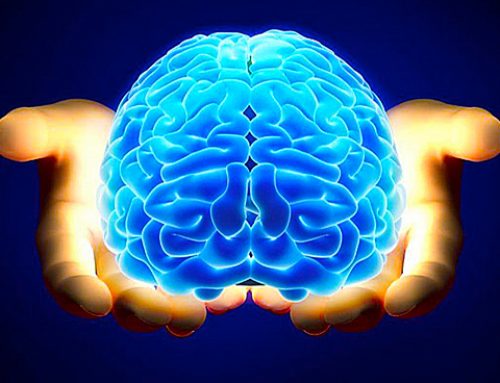The feeling of being inside one’s own body is not at all obvious: this feeling arises from coordination of two distinct perceptions: one relating to the position where you are and the other relating to the possession one has over his/her body. The feeling of being inside your own body is determined by the integration of different brain circuits that control the sense of their own position and that of the possession of the body. Proof of this is the research carried out by neuroscientists at the Karolinska Institute in Stockholm. Arvid Guterstam and colleagues in an article published in “Current Biology” explain that everything is managed by the integration of two functional groups of circuits – that allow you to feel the here and now and your body.
Although previous experiments with mice had shown that specific brain regions contain special “GPS cells” that indicate to the animal its position in the laboratory room (John O ‘Keefe, May-Britt Moser and Edvard Moser, who received the Nobel Prize in 2014 for this discovery), it was not known how the human brain forms its perceptual experience of being a body located somewhere in space.
In the study from the Karolinska Institute scientists, fifteen subjects were induced with the illusion of being outside of one’s body while they were inside a brain scanner. The illusion was created thanks to a helmet with a monitor that showed the person’s body as if it had been placed in another location. From the new perspective, the participants watched the body of a stranger in the foreground, while his physical body was visible in the background, protruding from the cavity of the brain scanner. To evoke the illusion, a researcher would touch the body of the participant with an object in synchrony with identical touches administered to the body of the stranger.
“Within a few seconds, the brain combines the tactile and visual stimulation of new perspective, with the resulting illusion of possessing the body of the stranger and to be in the position of the body and outside of one’s real body” explains Arvid Guterstam.
Leveraging this illusion the researchers induced the subjects to perceive themselves as located in different parts of the room while he recorded the brain activity. The subsequent analysis of the data collected has enabled us to identify the areas responsible for different functions (position, possession of the body) and their integration.
Exploiting this illusion the researchers induced the subjects to perceive themselves as being located in different parts of the room while they recorded brain activity. The subsequent analysis of the data collected has enabled us to identify the areas responsible for different functions (position, possession of the body) and their integration.





